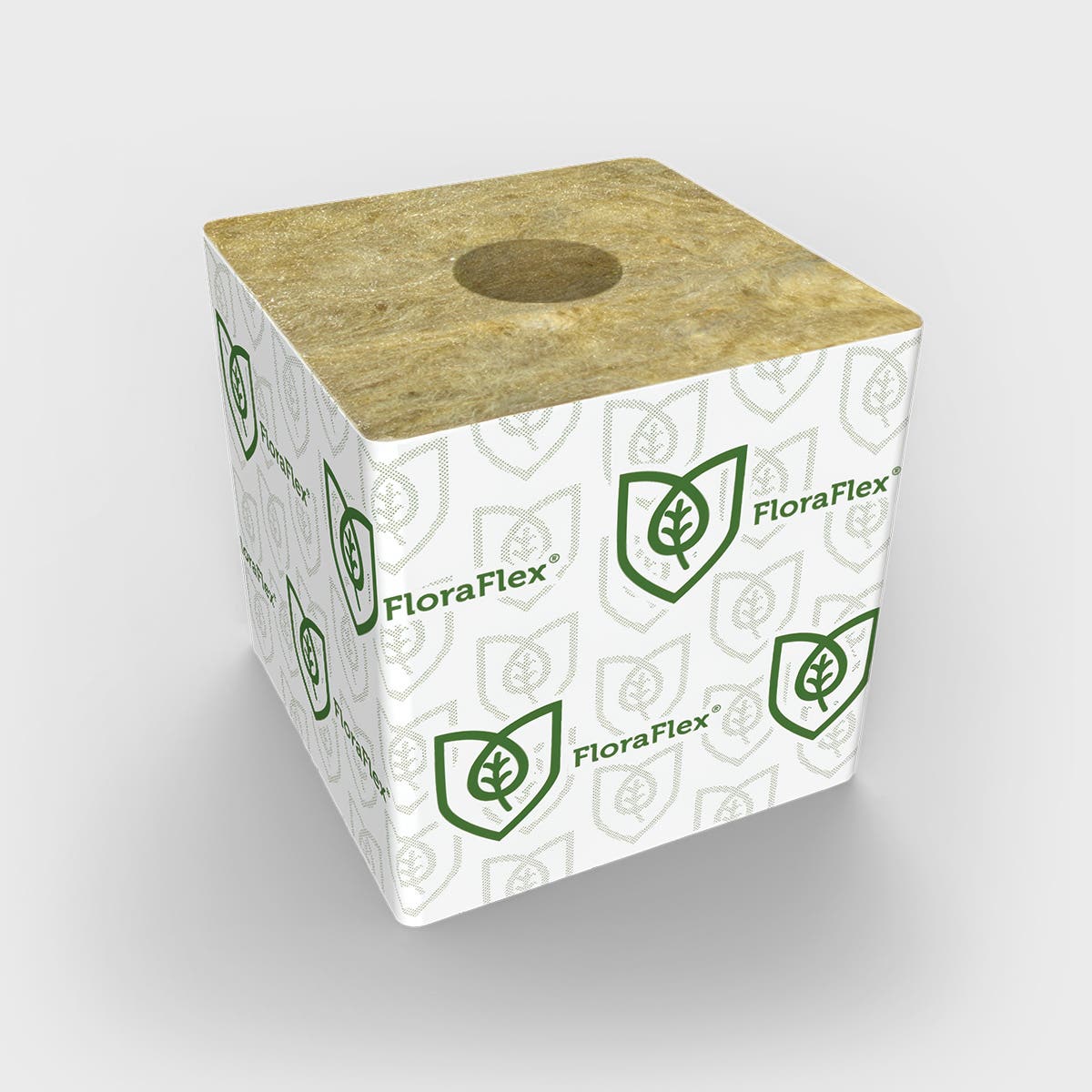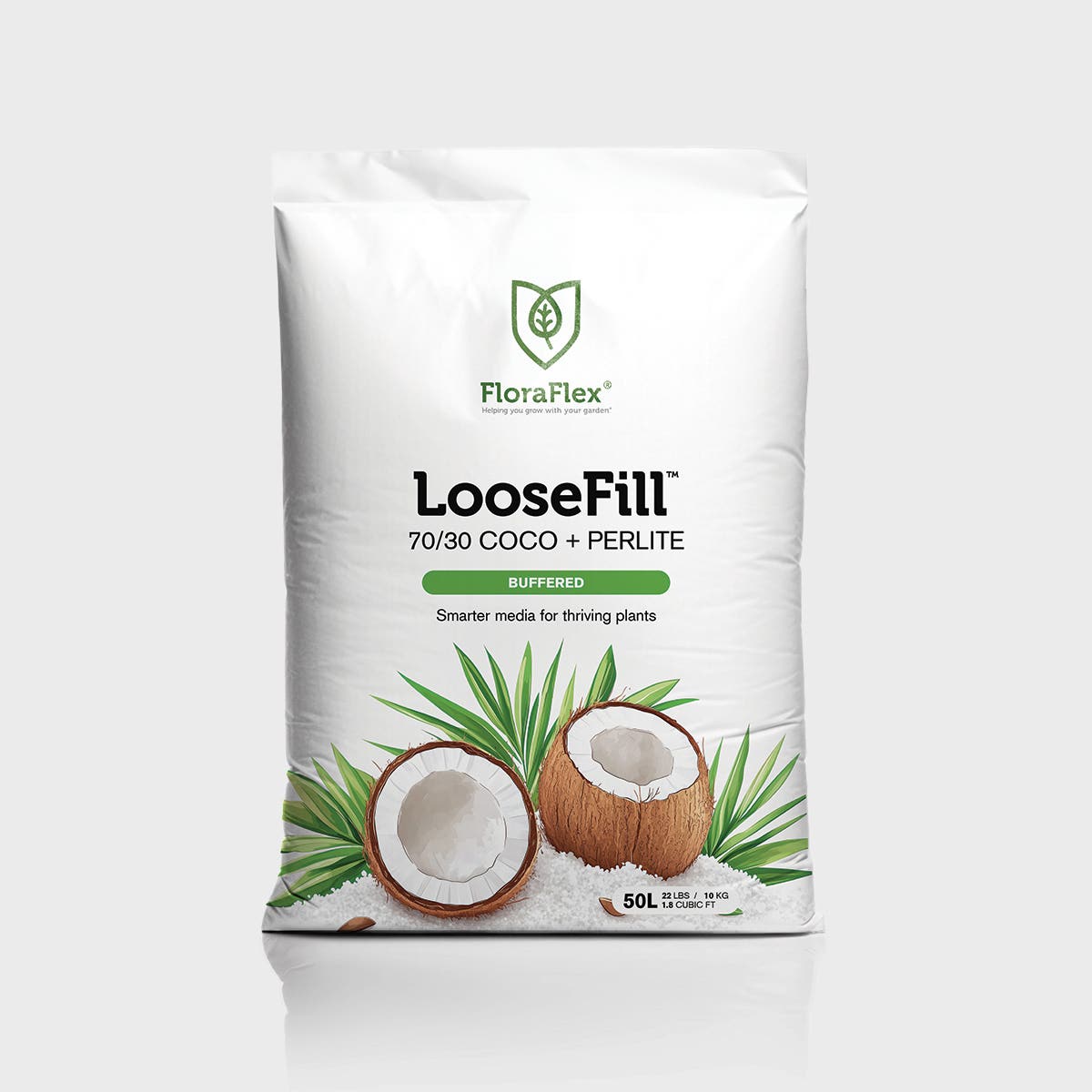1. Identification
-
Root Symptoms: Look for signs of stunted growth, yellowing leaves, wilting, and overall poor vigor in your cannabis plants. These may indicate nematode damage to the root system.
-
Root Examination: Carefully inspect the roots of affected plants for the presence of small, thread-like nematodes. These pests can be challenging to see without the aid of a microscope.
2. Risks Associated with Nematodes
-
Reduced Nutrient Uptake: Nematodes feed on the roots of cannabis plants, impairing their ability to absorb water and nutrients effectively.
-
Weakened Plant Health: Infested plants may exhibit stunted growth, reduced yields, and increased susceptibility to other pests and diseases.
-
Crop Loss: Severe nematode infestations can lead to significant crop loss, impacting the overall productivity of your cannabis garden.
3. Prevention and Control
-
Crop Rotation: Practice crop rotation by alternating cannabis with non-host plants to disrupt the nematode life cycle and reduce their population.
-
Soil Solarization: Utilize soil solarization by covering the infested soil with clear plastic during the hot summer months to kill nematodes and their eggs through heat buildup.
-
Nematode-Resistant Varieties: Choose cannabis varieties that are known to exhibit resistance or tolerance to nematode infestations.
-
Biofumigation: Incorporate biofumigant cover crops, such as marigold or mustard, into the soil to release compounds that suppress nematode populations.
-
Beneficial Nematodes: Introduce predatory nematodes, such as Steinernema feltiae or Heterorhabditis bacteriophora, which can infect and kill plant-parasitic nematodes.
-
Nematode-Free Plant Material: Start with nematode-free planting material, such as certified disease-free clones or seeds, to minimize the risk of introducing nematodes into your garden.
4. Cultural Practices
-
Sanitation: Maintain a clean and well-maintained garden, removing and disposing of plant debris to reduce nematode populations.
-
Proper Watering: Ensure proper watering practices, avoiding overwatering, as excessively wet soil can create a favorable environment for nematode proliferation.
-
Soil Amendments: Incorporate organic matter and compost into the soil to improve its structure and enhance beneficial microbial activity, which can help suppress nematode populations.
5. Soil Testing and Treatment
-
Soil Testing: Regularly test the soil to monitor nematode populations and assess the need for treatment or preventive measures.
-
Nematicides: In severe infestations, consider the use of nematicides under professional guidance. Always follow the recommended dosage and safety precautions.
By understanding the risks associated with nematodes and implementing preventive measures and control strategies, you can safeguard your cannabis plants and maintain a healthy garden. Regular monitoring, cultural practices, crop rotation, soil solarization, nematode-resistant varieties, beneficial nematodes, and proper sanitation are key to managing nematode infestations effectively.








